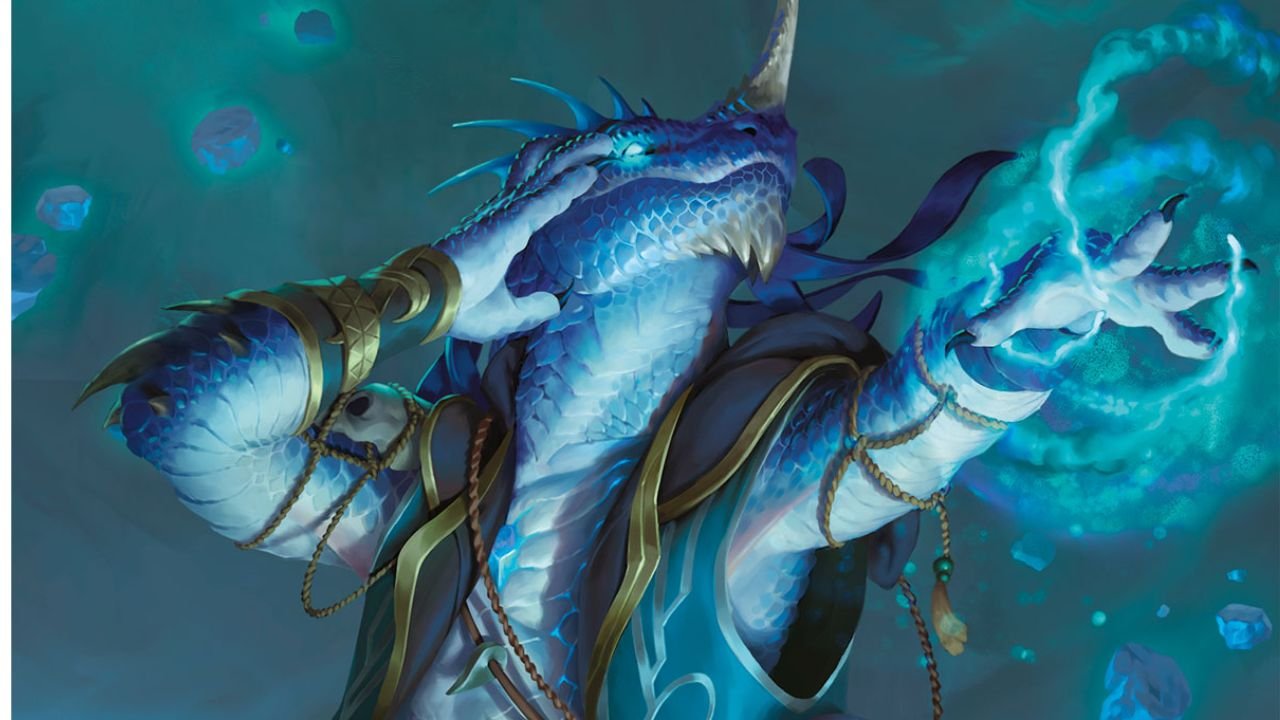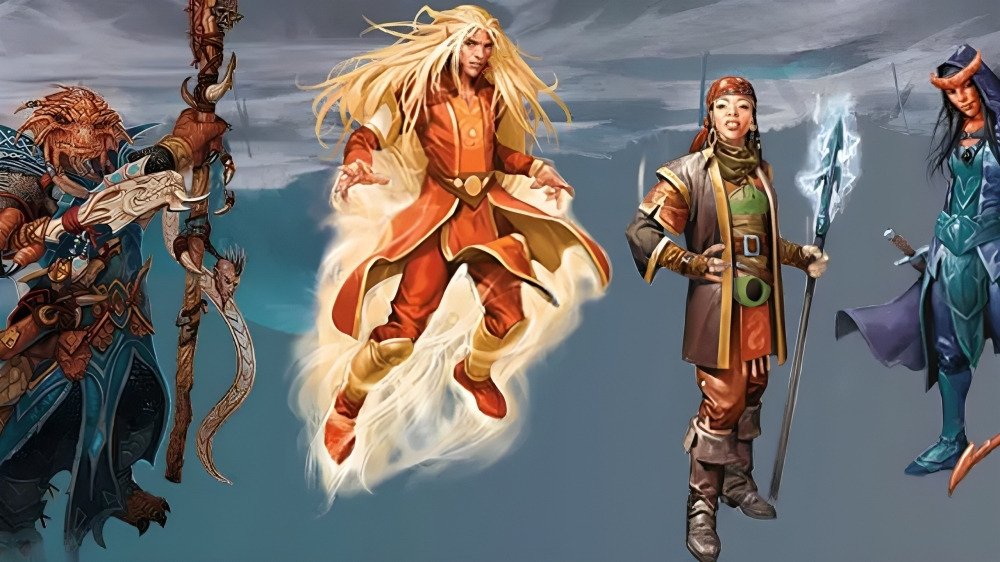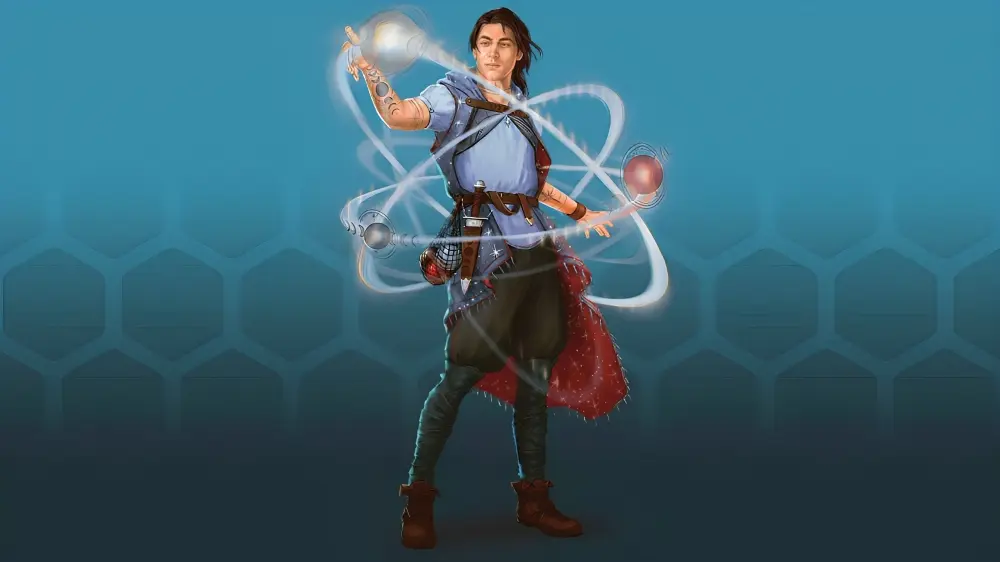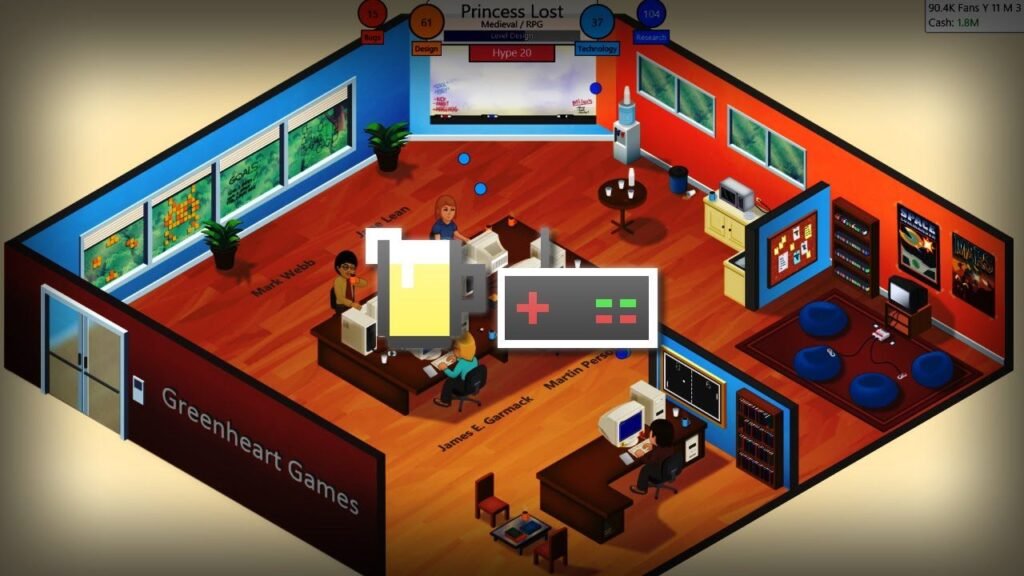Sorcerers in Dungeons & Dragons are natural spellcasters. They are not trained in books like wizards. They do not pray like clerics. Their power is born inside them. It comes from strange bloodlines, cosmic events, or mysterious forces. In D&D 5th Edition, subclasses are called Sorcerous Origins. These origins shape how the magic feels, looks, and behaves. The sorcerer subclasses 5e define powers, playstyle, and role in both battle and story. Choosing the right subclass changes everything.
This guide explains sorcerer basics, features, spellcasting, metamagic, and every subclass. It is written in short sentences for clarity and SEO readability. By the end, you will understand every part of the class and its origins.
What Is a Sorcerer in D&D?
A sorcerer is a spellcaster born with magic. The power is part of them. They don’t learn it from books or rituals. Instead, their body and spirit hold the arcane energy. The sorcerer subclasses 5e describe the magical origin. Some come from dragons, from storms, from shadows or divine touch. Each one unlocks unique features as levels grow. This makes sorcerers different from other casters. They are more flexible but also more limited in spell variety.
Core Class Features of Sorcerers
Sorcerers have special traits that shape their play. They rely on Charisma as their main ability. They have low armor and health but very high magic potential.
Key features include:
- Hit Dice: 1d6 per level.
- Saving Throws: Constitution and Charisma.
- Weapons: Daggers, darts, slings, and crossbows.
- Skills: Choose two from Arcana, Persuasion, Insight, Deception, Religion, and Intimidation.
These features make sorcerers fragile in defense but strong in magic and social skills.
Sorcerer Spellcasting Explained
Sorcerers cast spells differently from wizards. They know fewer spells but can adapt them more with Metamagic. This flexibility is what makes the sorcerer subclasses 5e so unique.
- Cantrips: Start with four. Increase as levels rise.
- Spell Slots: Restored after a long rest.
- Known Spells: Limited but powerful choices.
- Focus: An arcane focus or component pouch.
Everything is powered by Charisma. The higher the score, the stronger the casting.
Spellcasting Formulas
| Type | Formula |
| Save DC | 8 + Proficiency + Charisma Modifier |
| Attack Modifier | Proficiency + Charisma Modifier |
This formula shows how damage rolls and saving throws are calculated. It proves why Charisma is the key stat for sorcerers.
Sorcery Points and Flexible Casting
At level 2, sorcerers gain Sorcery Points. This system fuels special powers. Points can become spell slots or fuel Metamagic. This is the real identity of the class. Sorcery points create huge flexibility. You can make extra spell slots. Or you can turn unused slots into points. This makes sorcerers powerful in long battles.

Creating Spell Slots
| Spell Slot Level | Sorcery Point Cost |
| 1st | 2 |
| 2nd | 3 |
| 3rd | 5 |
| 4th | 6 |
| 5th | 7 |
This flexible casting system is a reason many love sorcerer subclasses 5e.
Metamagic: The Sorcerer’s Signature
Metamagic allows sorcerers to twist spells. This feature appears at level 3. Players pick two options, then gain more later. Metamagic makes every sorcerer feel unique. Even if two players choose the same subclass, Metamagic makes their play different.
Popular Metamagic options include:
- Twinned Spell: Cast on two creatures.
- Quickened Spell: Turn action into bonus action.
- Empowered Spell: Reroll damage dice.
- Subtle Spell: Cast without gestures or words.
This is the mechanic that makes sorcerers powerful in both battle and roleplay.
All Sorcerer Subclasses 5e
The subclass is chosen at level one. This is the sorcerous origin. Each subclass gives unique powers at multiple levels. There are eight main official subclasses. Each one offers a very different style of magic and storytelling.
Official Sorcerer Subclasses
| Subclass | Sourcebook |
| Draconic | Player’s Handbook |
| Wild Magic | Player’s Handbook |
| Divine Soul | Xanathar’s Guide to Everything |
| Shadow Magic | Xanathar’s Guide to Everything |
| Storm Sorcery | Sword Coast Adventurer’s Guide |
| Aberrant Mind | Tasha’s Cauldron of Everything |
| Clockwork Soul | Tasha’s Cauldron of Everything |
| Lunar Sorcery | Dragonlance: Shadow of the Dragon Queen |
This table shows which book to find each subclass.
Playstyle of Each Subclass
Each origin changes gameplay style. Choosing one defines your strengths.
- Draconic Bloodline: Strong defense, dragon heritage, fire spells.
- Wild Magic: Chaotic surges, risky fun.
- Divine Soul: Access to healing, cleric spells.
- Shadow Magic: Darkness, stealth, shadow hound.
- Storm Sorcery: Weather control, wind and lightning.
- Aberrant Mind: Telepathy and psychic powers.
- Clockwork Soul: Order, stability, damage prevention.
- Lunar Sorcery: Moon powers, healing and buffs.
Each subclass is special. The sorcerer subclasses 5e give both combat strength and story flavor.
Unearthed Arcana Options
Many extra subclasses appeared in Unearthed Arcana. Some became official. Others stayed experimental. Examples include Phoenix Sorcery, Stone Sorcery, Giant Soul, and Psionic Soul. These are often used in homebrew games. They may not be balanced but they offer more variety for creative campaigns.

Equipment and Gear Choices
Sorcerers start with light gear. Their strength comes from magic, not weapons.
They can choose:
- Light crossbow or simple weapon.
- Arcane focus or pouch.
- Dungeoneer’s pack or explorer’s pack.
- Two daggers.
Equipment matters less. The subclass and spells matter more for survival.
Ability Score Improvements
Sorcerers gain ability score increases at several levels. Players usually boost Charisma first. Constitution is often next for health. Dexterity helps for defense. Feats can also replace ability increases. War Caster and Metamagic Adept are very popular. Elemental Adept is also useful for damage builds.
High-Level Features
Sorcerers unlock extra features at higher levels. These include tools that improve success and restore resources.
- Magical Guidance: Reroll a failed ability check.
- Sorcerous Restoration: Regain sorcery points on a short rest.
These features make sorcerers reliable even in long campaigns.
Role of Charisma in Sorcerers
Charisma defines sorcerers. It powers spellcasting. It also makes them leaders in roleplay. With high Charisma, sorcerers excel in persuasion, deception, and intimidation. This makes them useful outside combat too. The dual role of caster and social leader makes the sorcerer subclasses 5e extra fun.
Best Sorcerer Skills
| Skill | Purpose |
| Persuasion | Talking and negotiation |
| Deception | Trickery and lying |
| Insight | Reading others |
| Intimidation | Forcing fear |
| Arcana | Magic knowledge |
These skills fit both battle and story campaigns.
Tips for Playing Sorcerers
Sorcerers are fragile but powerful. Playing one requires smart planning.
Tips include:
- Use Metamagic often.
- Manage sorcery points wisely.
- Stay behind stronger allies.
- Choose spells that match subclass.
- Focus on Charisma always.
These steps make the sorcerer subclasses 5e shine in every campaign.
Why Choose a Sorcerer?
Sorcerers offer flexibility and style. They may not know many spells, but their power is unique. Subclasses create deep identities. From divine healers to chaotic casters, there is a subclass for every playstyle. Their natural magic feels different from any other class. This is why many players enjoy choosing sorcerers in their campaigns.
Conclusion
Sorcerers are born with magic. They don’t learn it. They don’t beg for it. The power is theirs by nature. That makes them rare and special in D&D. The sorcerer subclasses 5e give players freedom to play many styles. You can be a storm mage, a healer, a psychic master, or a chaotic wild caster. Each subclass feels unique and exciting. If you want a class that blends raw power, deep roleplay, and endless flexibility, then the sorcerer subclasses 5e are the perfect choice for your adventure.
Read Our More Blogs:- Warden Minecraft: Spawning, Attacks & Survival


